The museum houses collections dating from the 2nd century BC to early 20th century AD. About 6,000 priceless items would be on display at the exclusive Islamic art gallery.
Hyderabad: Mughal Empress Noor Jahan’s fruit knife, Aurangzeb’s sword, besides hundreds of priceless items from Persia, India and from the Mughal era, collected by Salar Jung III will be on display at the exclusive Islamic Art Gallery coming up at the Salarjung Museum in the city.
Work on the 15,000 sq. ft art gallery is on in full swing and if all goes well, it will be thrown open to the public in August.
Salar Jung Museum director Dr A. Nagender Reddy told this newspaper on Wednesday that about 6,000 priceless items would be on display at the exclusive Islamic art gallery on the eastern side of the museum.
“The items of the Islamic era are presently scattered across the museum in various galleries. Some are yet to be displayed. We have decided to showcase all such items at one place in the new Islamic Art Gallery. The work is going on at a fast pace and the gallery is expected to be inaugurated in six months,” Mr Reddy said.
The Museum is a repository of artistic achievements of diverse European, Asian and Far Eastern countries. Forty years’ collections of Nawab Mir Yousuf Ali Khan, Salar Jung III are on display.
Salar Jung’s toy trains to run again
The train’s bogies are made of tin and the engines are zinc.
The two electric toy trains, with an engine and two bogies each, run on two tracks — meter gauge and broad gauge.
Two electric toy trains made by Lionel Corp. of USA in 1930s and purchased by Salar Jung III, the great collector, will go on display at the Salar Jung Museum’s Children’s gallery soon.
Salar Jung Museum director Mr A. Nagender Reddy told DC the trains were repaired thanks to SCR general manager Ravindra Gupta, who called in technicians of Moula Ali Diesel Loco Shed for the job.
“Salar Jung, like many royals, was fascinated by toy trains. To send the trains to the US for repair would have been a costly affair. But thanks to SCR, the trains are back on track,” Mr Reddy said.
The two electric toy trains, with an engine and two bogies each, run on two tracks — meter gauge and broad gauge — with a background of the Nampally railway station.
It has all the paraphernalia of a small town and railway network, like station, sheds, signals, water tank etc.
They were damaged when the museum was shifted from “Dewan-Deodi” near Madina to the present new building near Afzal Gunj in 1968. The train’s bogies are made of tin and the engines are zinc.
DC
The Salar Jung Museum was established in the year 1951 and is located on the southern bank of the River Musi in Hyderabad, Telangana State of India.
The Salar Jung family is responsible for its collection of rare art objects from all over the world.
The family is one of the most illustrious families in Deccan history, five of them having been prime-ministers in the erstwhile Nizam rule of Hyderabad-Deccan.
Nawab Mir Yousuf Ali Khan, popularly known as Salar Jung III was appointed prime minister by Nawab Mir Osman Ali Khan Nizam VII in 1912.Salar Jung III relinquished the post of dewan or Prime Minister in November 1914 and devoted his life in enriching his treasures of art and literature.
The news of his passionate love for art had spread far and wide and his ancestral palace, the Dewan Deodi was forever thronged with sellers of wares from all corners of the world.
He also had agents abroad who sent him catalogues and lists from well-known antique dealers.
He did not limit his purchases only to these sources but also made purchases personally during his tours abroad to Europe and the Middle Eastern countries.
Not only was he a great collector of antiques, art and rare manuscripts he also patronized poets, writers and artists, encouraging literary and cultural activities. He was responsible for the publication of many books on his own family members.
This went on for forty years till he passed away on 2nd March 1949., the entire collection was left behind without an inheritor. It was the family members of the late Nawab who got together to gift the fabulous collection to the nation as there could not have been a better proposal.
The collection in the form of a museum was declared open on 16th December 1951 in Dewan Deodi, home of late Salar Jung’s and was opened to the public by Pandit Jawaharlal Nehru, the first Prime Minister of India.
Later the Government of India with the consent of the family members took over the Museum formally through a compromise deed and the museum was administered by the Ministry of Scientific Research and Cultural Affairs, Government of India. Finally, in 1961, through an “Act of Parliament” the Salar Jung museum along with its library was declared an “Institution of National Importance”.
The Museum was transferred to its present building, inaugurated by Dr. Zakir Hussain, President of India in the year 1968. The administration was transferred to an Autonomous Board, with the Governor of Andhra Pradesh as its Chairman.
After bifurcation of the state, the Governor of Telangana is its Chairman.
Salar Jung Family
Nawab Mir Turab Ali Khan, Salar Jung I.
Nawab Mir Yousuf Ali Khan, Salar Jung III.
and later he was appointed as Prime Minister at the age of 24 by
Nizam IV,Nawab Mir Farkhunda Ali Khan Nasir-ud-Daulah.
He was an astute administrator, known for his reforms and being a connoisseur of art.
He died in the year 1883.
Salar Jung I was inspired by commemorative mementos made for coronations and special events of
European royal families.
On his visit to England in 1876, he ordered ceramic objects bearing his portraits. He is also said to have
bought the” Veiled Rebecca” to India along with many other master pieces.
Today this sculpture is one of the most prized treasures of the Museum.
He had two sons and two daughters, Laiq Ali Khan and Sadath Ali Khan and Noor Unnisa Begum and
Sultan Bakht Begum. His eldest son, Mir Laiq Ali Khan was appointed first as secretary to the
Council of Regency and later as a member of the Council of State.
He was appointed as Prime Minister in 1884 by the Nizam VI of Hyderabad Nawab Mir
Mehboob Ali Khan was conferred the title “Imad-us-Sultanat”.
He spent most of his time in continuing the social reforms of his father
had begun and was known as a great administrator. When he was 26 years old he died at Poona
leaving behind a 24-day old infant, Abdul Qasim Mir Yousuf Ali Khan. His mother Zainab Begum
along with the child came to Hyderabad.
When Mir Yousuf Ali Khan was ten years old, the Nizam bestowed upon him the family title of
“Salar Jung” and restored his ‘Mansab’ and other titles. Great care was taken in his upbringing.
Nawab Mir Yousuf Ali Khan came into possession of the most important assets and gradually
built this extraordinary collection into an art treasure.
He became heir to enormous wealth when he inherited a huge estate of 450 villages spread over
1480 square miles of land, with annual revenue of Rs 23 lakh, a substantial income at that time.
He was an aesthete known for his refined taste with an avid interest in arts of India, Europe,
the Middle East and Far Eastern Countries.
From an early age he showed his inclination for collecting rare pieces of art objects from all
over the world.
Salar Jung III emulated the traditions of European royal families in commissioning famous
manufacturing houses in Europe to specially design gold-crested cutlery and crockery.
There are many household objects in the museum today which stand testimony to this.
Nawab Mir Osman Ali Khan, the seventh Nizam appointed Mir Yousuf Ali Khan, Salar Jung III,
as his prime minister in 1912. On health grounds, Salar Jung III relinquished the post of
prime minister in November 1914. Thereafter, he devoted his time to enrich his art collection.
Collections
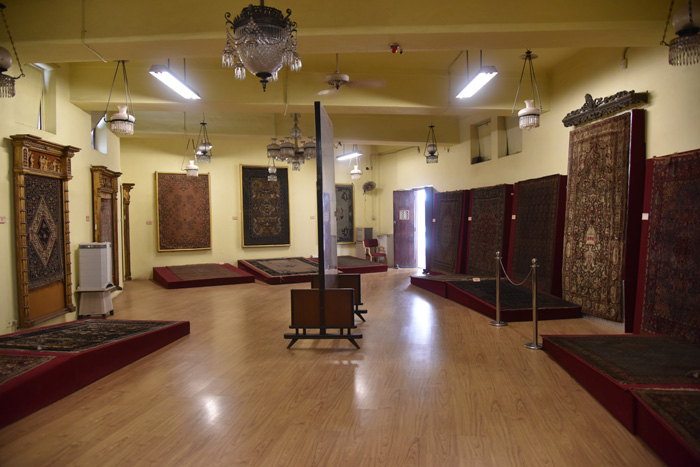
The collections of the Salar Jung Museum are the mirrors of the past human environment,
ranging from 2nd century B.C to early 20th century A.D.
The museum has a collection of over 46,000 Art Objects, over 8,000 Manuscripts and
over 60,000 Printed Books that form the collection. This collection has been divided into
Indian Art, Middle Eastern Art, Persian Art, Nepalese art, Japanese Art, Chinese Art and
Western Art.
Apart from this, a special gallery is devoted to the illustrious Salar Jung family,
“The Founder’s Gallery”. The exhibits on display are divided into more than 38 galleries.
The Indian Art collection consists of Miniature paintings, Modern paintings, Bronzes,
Textiles, Ivory, Jade, Bidri ware, Arms and Armour, Stone sculptures, Wood Carvings,
Metal-ware, and manuscripts.
This section also has ancient Andhra sculptures as well as Medieval period paintings.
After Salar Jung Museum was declared as an ‘Institution of National Importance’ in 1961,
an acquisition committee was formed, and several works of modern Indian artists were added to the
original collection.
Salar Jung Museum probably has the largest collection of ‘Bidri ware’ in the world.
Middle East is represented through its art objects from Persia, Syria and Egypt covering a
wide range of Carpets, Paper (manuscripts), Ceramics, Glass, Metal ware, Furniture,
Lacquer etc. A range of figurative and narrative Persian carpets depicting stories of
“Khusrau” is among the prized possessions of the museum.
The European collection comprises of art objects ranging from resplendent and
excellent examples of Oil paintings, aesthetically attractive glass objects to
majestic furniture, splendid examples of ivory, enamel ware and clocks.
The most treasured masterpiece of the museum is the “Veiled Rebecca” a marble
sculpture by G B. Benzoni bought by Salar Jung I when he visited Italy in 1876.

The collections of the Salar Jung Museum are the mirrors of the past human environment,
ranging from 2nd century B.C to early 20th century A.D.
The museum has a collection of over 46,000 Art Objects, over 8,000 Manuscripts and
over 60,000 Printed Books that form the collection. This collection has been divided into
Indian Art, Middle Eastern Art, Persian Art, Nepalese art, Japanese Art, Chinese Art and
Western Art.
Apart from this, a special gallery is devoted to the illustrious Salar Jung family,
“The Founder’s Gallery”. The exhibits on display are divided into more than 38 galleries.
The Indian Art collection consists of Miniature paintings, Modern paintings, Bronzes,
Textiles, Ivory, Jade, Bidri ware, Arms and Armour, Stone sculptures, Wood Carvings,
Metal-ware, and manuscripts.
This section also has ancient Andhra sculptures as well as Medieval period paintings.
After Salar Jung Museum was declared as an ‘Institution of National Importance’ in 1961,
an acquisition committee was formed, and several works of modern Indian artists were added to the
original collection.
Salar Jung Museum probably has the largest collection of ‘Bidri ware’ in the world.
Middle East is represented through its art objects from Persia, Syria and Egypt covering a
wide range of Carpets, Paper (manuscripts), Ceramics, Glass, Metal ware, Furniture,
Lacquer etc. A range of figurative and narrative Persian carpets depicting stories of
“Khusrau” is among the prized possessions of the museum.
The European collection comprises of art objects ranging from resplendent and
excellent examples of Oil paintings, aesthetically attractive glass objects to
majestic furniture, splendid examples of ivory, enamel ware and clocks.
The most treasured masterpiece of the museum is the “Veiled Rebecca” a marble
sculpture by G B. Benzoni bought by Salar Jung I when he visited Italy in 1876.
Salar Jung Museum is one of the few Indian museums which can boast of an extensive
collection of Far Eastern Art consisting of Japanese and Chinese art objects of Porcelain,
Bronze, Enamel, Lacquer-ware, Embroidery, Paintings, Wood and Inlay work.
The objects on display in the Children’s section of the museum are a testimony to the
vast range of interests and diverse nature of Salar Jung III, in collecting objects.
The objects housed in the section provide informal education to the children apart from
providing delight to them.
A train from the early 20th century which runs a short distance is a major attraction in the
A train from the early 20th century which runs a short distance is a major attraction in the
gallery. In addition, the gallery has Porcelain, Metal, Jade objects and Toy armies.
The museum has a rich library of rare books and illuminated manuscripts of enormous
value. There are autographed manuscripts with seal and signatures of Emperors like
Akbar, Aurangzeb and Jahanara Begum (daughter of Shah Jahan).
It is apparent from the library collection that Salar Jung III and his ancestors were
great patrons of literature. The museum offers a window to visitors to understand
the arts of India and gives Indians the opportunity to view different aspects of the
art of other countries of the world.
The museum has a rich library of rare books and illuminated manuscripts of enormous
value. There are autographed manuscripts with seal and signatures of Emperors like
Akbar, Aurangzeb and Jahanara Begum (daughter of Shah Jahan).
It is apparent from the library collection that Salar Jung III and his ancestors were
great patrons of literature. The museum offers a window to visitors to understand
the arts of India and gives Indians the opportunity to view different aspects of the
art of other countries of the world.







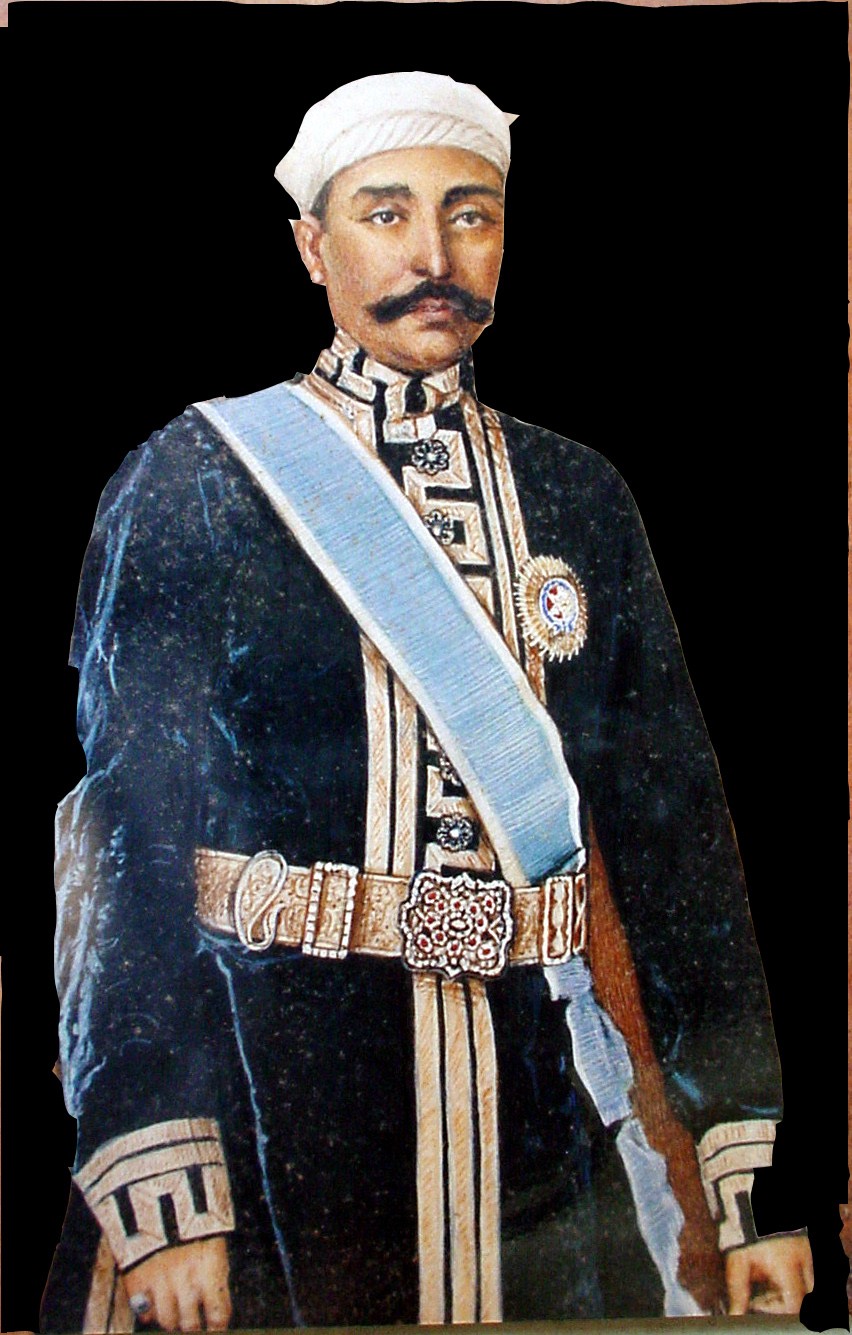
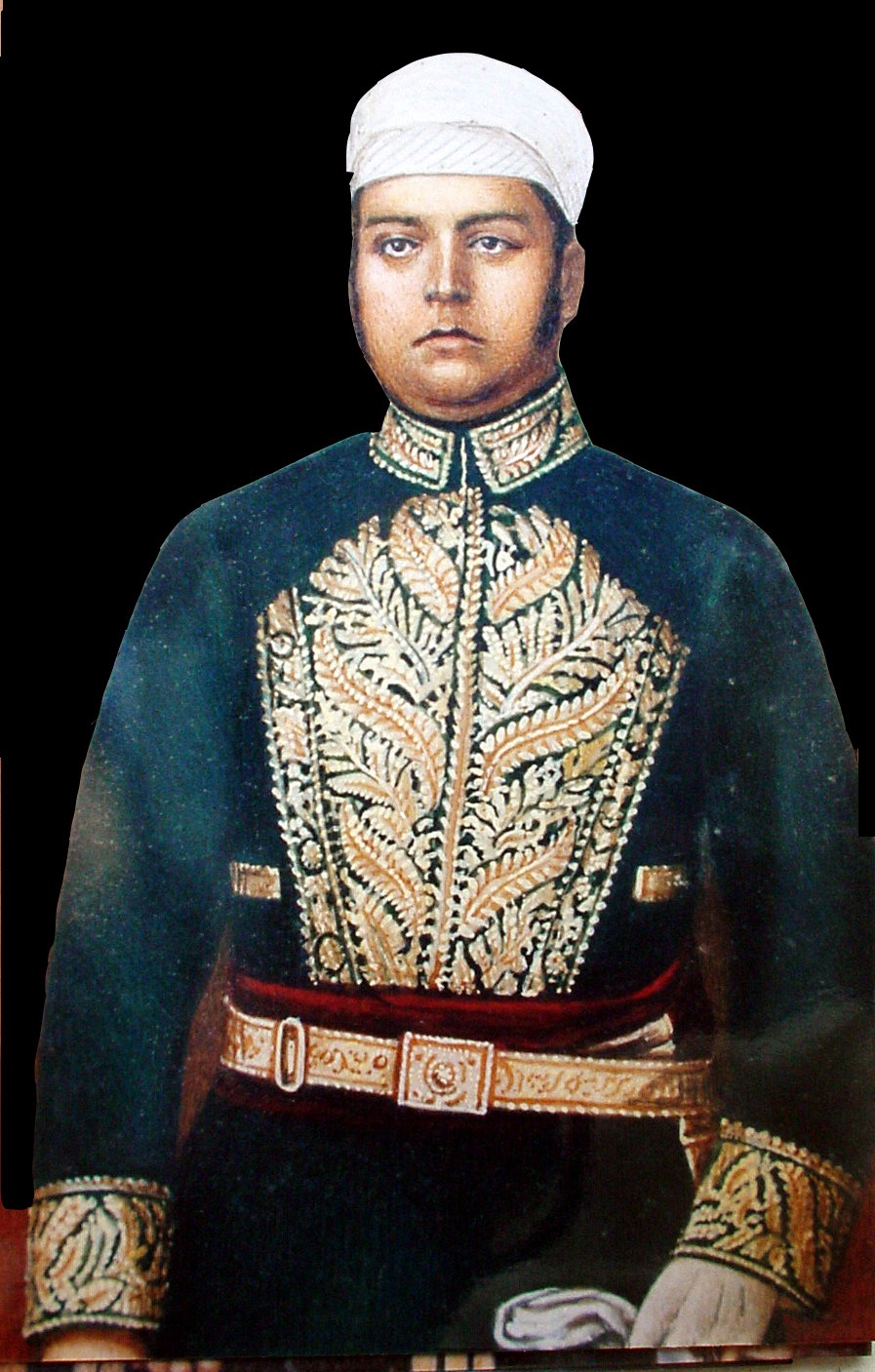
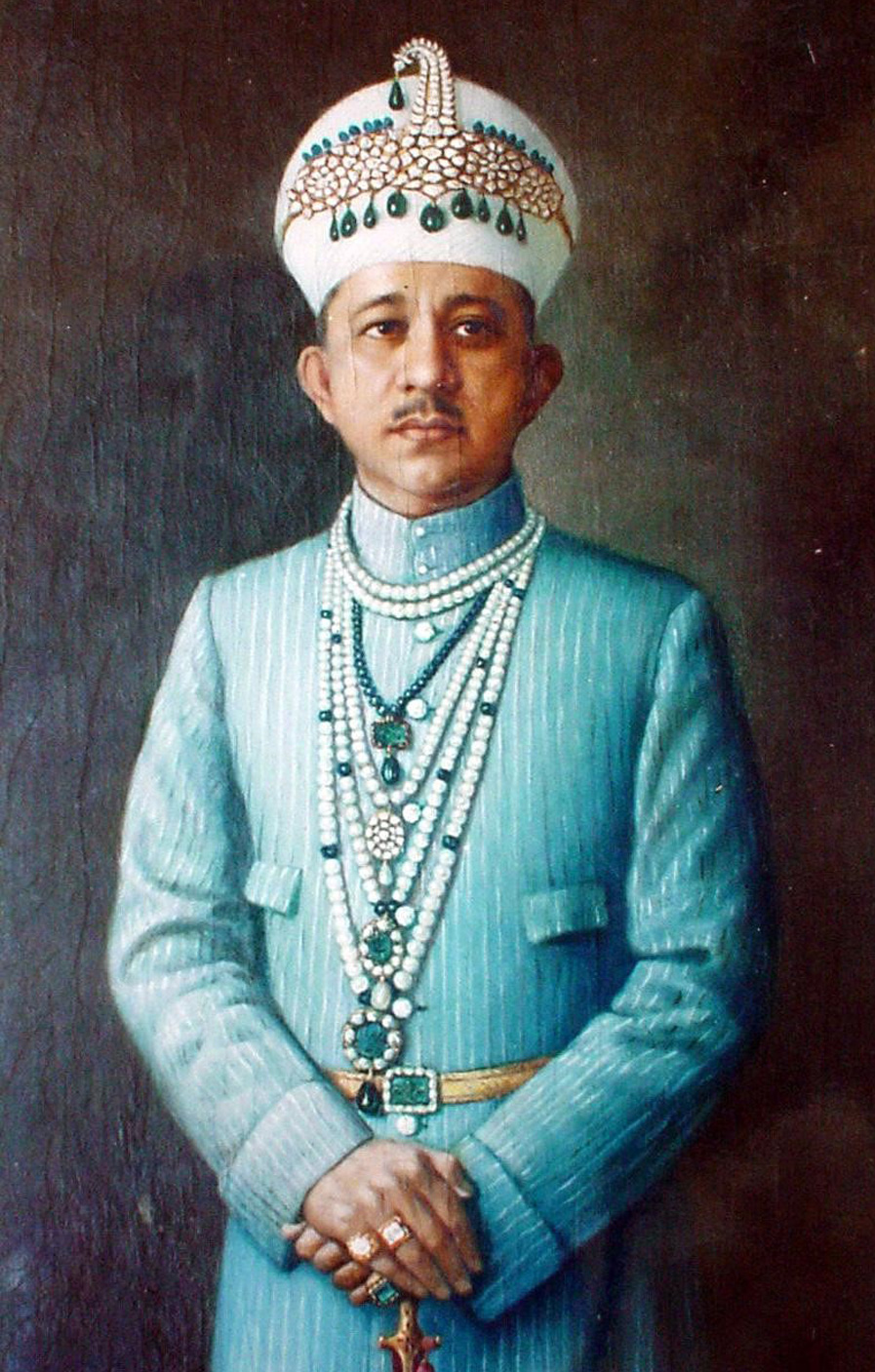
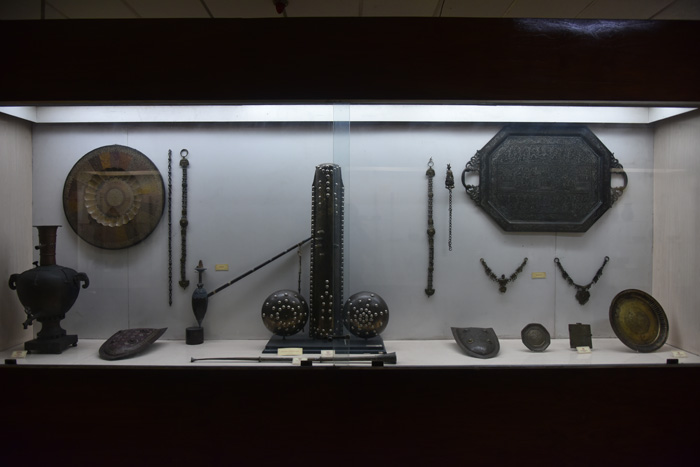



























































No comments:
Post a Comment